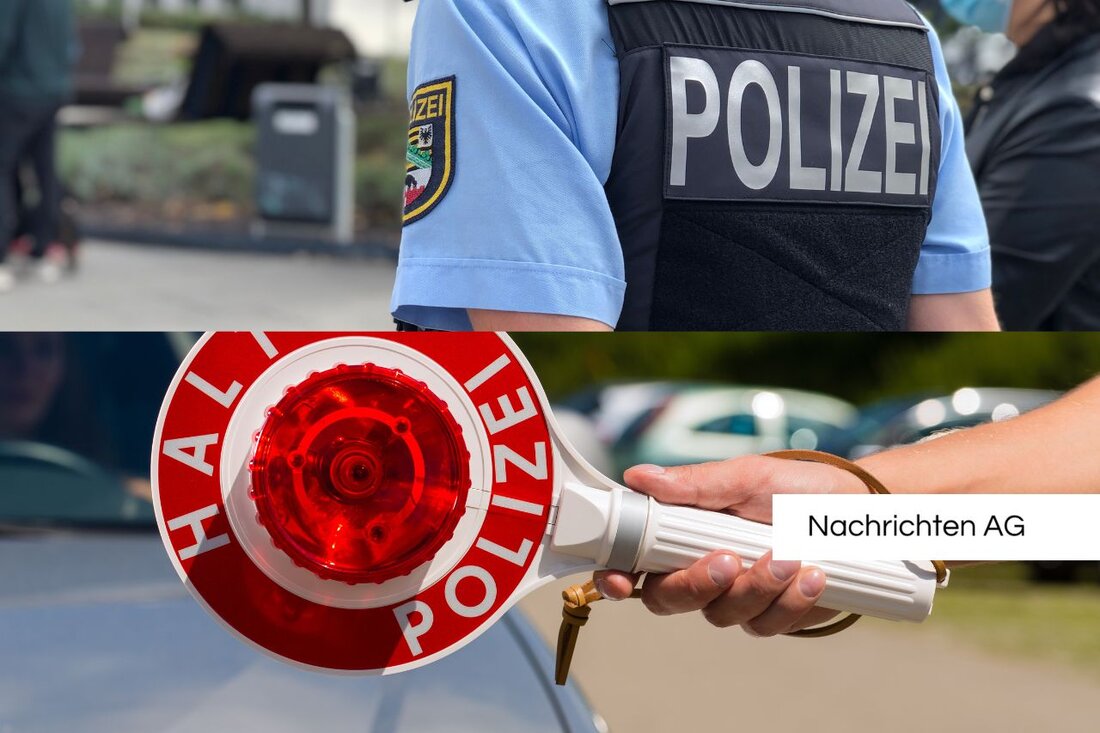Summer downhill blocks on the A10: Traffic collapse threatens!

Summer downhill blocks on the A10: Traffic collapse threatens!
From Friday, July 4th, new downhill barriers will come into force on the Tauern Autobahn (A10), which apply up to and including September 7th. This measure affects numerous motorway trips and is issued by the district administrative teams Hallein, St. Johann im Pongau and Tamsweg, in cooperation with the Ministry of Transport. The aim of the locks is to relieve the municipalities along the highway and reduce the traffic jam during the summer vacation. As the Jesolo magazine may only deploy target traffic, while travelers have to stay on the highway. This also includes fuel stops off the highway, unless they are used to circumvent the downhill barriers.
The affected trips include Puch-Urstein, Hallein and Golling-Abtenau. The regulation for the rest stops in the Pongau is particularly important. There, access to nearby municipal roads is prohibited in order to avoid backlog. Traffic restrictions in the Flachgau, for example in Anif and Val Gardena, are also part of the measures taken by the authorities to prevent traffic jams in the affected communities. The turbocod in summer travel traffic is therefore inevitable.
monitoring and control
To guarantee compliance with the new rules, a private security service together with staff at ASFINAG will monitor the situation. This is intended to keep unauthorized vehicles away from the descents. According to Kosmo , the Tauernautobahn records around 35,000 vehicles every day, which represents a significant challenge for traffic. Stau is a program here, which often limits residents in their mobility.
In order to counteract this, all measures should aim to efficiently steer transit traffic and enable residents to live an undisturbed life. The downhill locks are a clear step in the right direction, not only to relieve the highway, but also to increase the quality of life in the adjacent communities.
long -term solutions in traffic management
The current challenges are reminiscent of how important a well -thought -out traffic management is. Cities have been trying to get traffic problems under control for centuries. As shown on swarco.com , traffic management has changed significantly, but the basic problems such as traffic jams and traffic safety have remained. Today, modern technologies are used to improve the flow of traffic and increase safety on the streets.
The intelligent traffic management systems (ITS) not only enable better steering of traffic, but also contribute to reducing air pollution and promoting alternatives such as public transport. In the current context, the combination of preventive measures and technological innovations could make a real difference and maybe even contain the summer travel chaos.
| Details | |
|---|---|
| Ort | Salzburg-Umgebung, Österreich |
| Quellen | |
